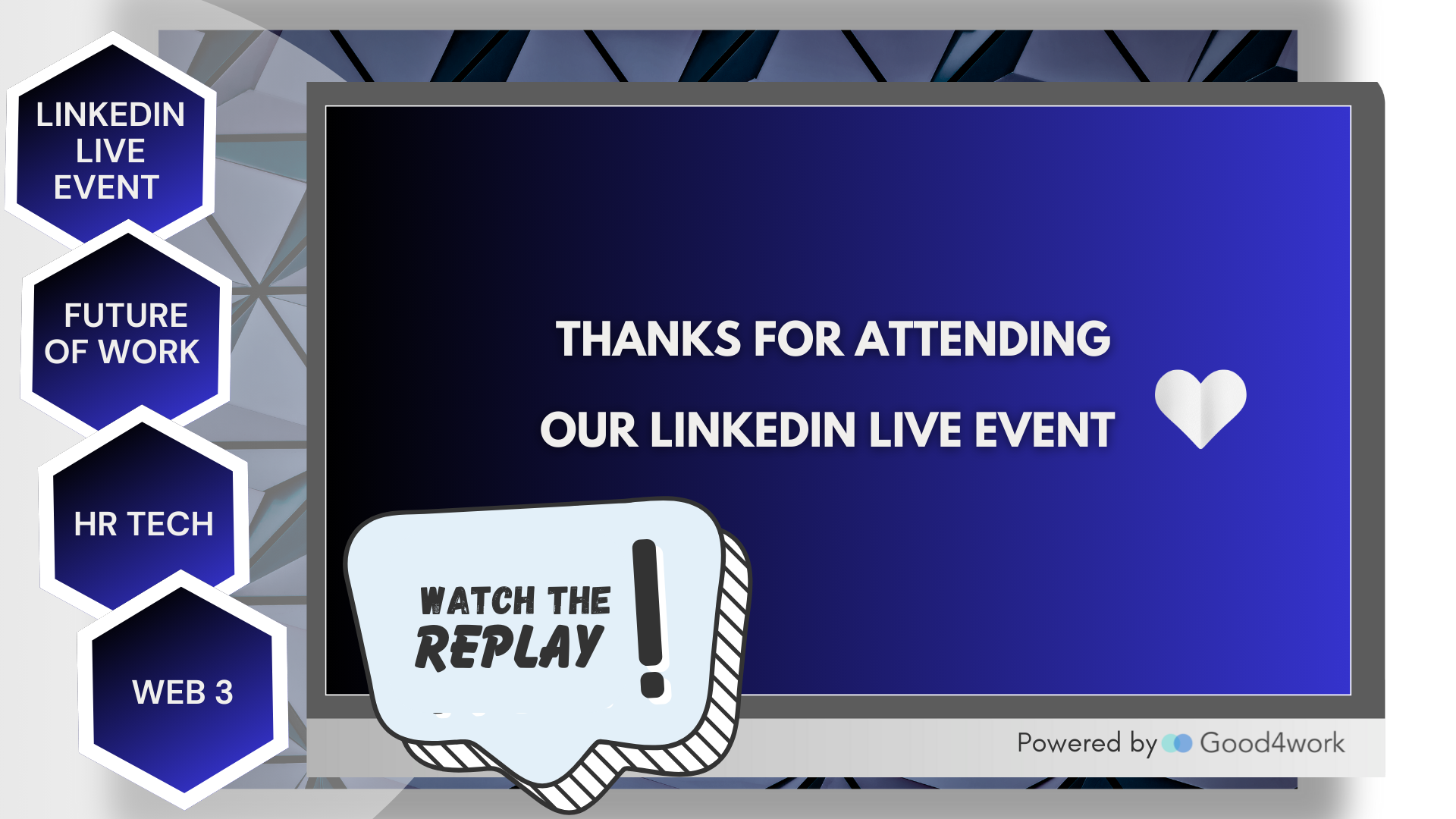Photo by Zane Lee on Unsplash
Over the past few years, the employee engagement market has slowly but steadily shifted towards the Employee Experience.
Companies now understand the importance of winning the talent war as their best competitive advantage.
They must also tackle the unfortunate national constant of declining productivity. The best experience for employees keeps them engaged, productive, and dedicated to their customers’ satisfaction. But one size doesn’t fit all. Each company must design its employee experience to align strategy and brand through a culture of trust.
The Employee Experience market ($15 Billion markets in early 2021) mirrors the Customer Experience Market with the same operational marketing, workflows, or tools and tactics. At the strategic level, a high-performing culture is the cornerstone of a better experience, more engagement, and productivity.
Before the pandemic, among the Employee Experience hot topics, we could find inspirational leadership, recognition, Employee Resources Group, career transitions, and parental leave.
Now, we’re talking about leaders’ resiliency, workplace safety, mental health, or a supportive culture to keep everyone engaged. But how to approach the overhaul of traditional managerial or HR programs in this new context?
Metrics are even more critical in the remote environment.
The distance makes it more difficult to measure employee morale, and prevalent indicators to measure Employee Experience remain turnover and retention rates. However, it gives a limited appreciation for a great employee experience as the causes for leaving a company can be vastly different. The reasons for leaving can be difficult to differentiate between poor leadership, a toxic culture, a bad manager, an inadequacy in a job role, or more personal reasons.
Other indicators such as exit interviews or employee feedback seem to be more accurate, but they’re not yet unified across the board as metrics diverge from one company to another.
The individual experience will always be unique.
Households are so diverse that the experience will never be equal for people with young children or Millennials who feel isolated. But at the individual level, each copes with a different level of resilience and adaptation skills. The experiences spectrum can be very elastic from bad to very fulfilling given the blurred boundaries between professional and personal life. But overall, people won’t go back to the old normal, with 78% of CEOs (in a PwC survey) agreeing that remote collaboration is here to stay for the long-term.
While metrics are not optimal for measuring employee experience at the company level, there’s a consensus around identifying the main components of an excellent employee experience.
And guess what?
Trust in leaders comes in pole position as a factor affecting employee experience along with a positive culture with no or few toxic behaviors.
It’s pretty clear now that an inclusive culture of trust will also be the new competitive advantage at the core of the employee experience market in a hybrid environment.



